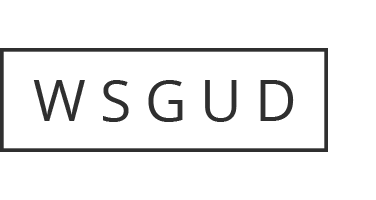Dec 2, 2014 What you will learn from Chapter 8 of “Why Stocks Go Up and Down”
Most investors think bonds are pretty simple compared to stock. A bond is a loan: It pays interest every year until maturity when the principal is repaid. Well, that much is true but to know when a bond investment is attractive or unattractive is a lot more complicated. In fact, “Why Stocks Go Up and Down” takes 50 pages over 3 chapters to explain the fundamentals that all bond investors (and stock investors) should know, and that does not include the chapter on convertible bonds, which are a hybrid of stock and bonds.
In Chapter 8, you will first learn the terminology of bonds: par or face value, redemption, retirement, maturity, and more. Then we discuss the important difference between coupon yield, current yield, and yield-to-maturity. The differences are fundamental to understanding bond valuation. Here is an excerpt from the Chapter 8 discussion of yield-to-maturity.
Begin excerpt from Chapter 8:
YIELD TO MATURITY
When a $1,000 face value bond is selling at a price of $1,000, and has a coupon of $100, its coupon yield and current yield are both 10 percent. However, if the bond’s price falls to $943, the coupon yield is still 10 percent but the current yield increases to 10.6 percent ($100 annual coupon divided by the current price of $943). Notice however, that a person buying the bond at $943 not only gets a $100 coupon each year, for a current yield of 10.6%, but will also get a capital gain of $57 when the bond matures at a $l,000. Thus, the actual yield to the investor is higher than the current yield. The current yield reflects only the $100 coupon payment the bondholder receives each year, but ignores the capital gain. The yield figure which includes both annual coupon and the capital gain is called the yield-to-maturity. The yield to maturity takes the capital gain into account as if it were being received a little bit each year (rather than all at the end), so the yield to maturity, like the current yield, can be thought of as an annual return to the bondholder. The calculation that gives the yield to maturity is more complex than it looks and cannot be done on a simple calculator. You can use either use a financial calculator, such as the Hewlett-Packard 12c, or Google’s “Bond Yield Calculator” to calculate an accurate yield to maturity. But even without doing any calculations, we can say with certainty the following:
If a bond is selling at a discount to par (below $1,000), its yield-to-maturity will be greater than its current yield (because a capital gain is added to the current yield).
If the bond is selling at a premium to par (more than $1,000), its yield-to-maturity will be less than its current yield because, in addition to the annual coupon payments received, the buyer of the bond will incur a capital loss when the bond is redeemed at par at maturity.
End of excerpt.
In Chapter 8, we also explain what different bond titles mean, i.e. mortgage bond, debenture, subordinated debenture, equipment trust certificate, etc. These titles, once you understand them, tell you a lot about the safety of the interest and principal repayments, as well as helping determine a bond or debenture’s fair value relative to other bonds and debentures.
With the understanding of bond terminology and the different yields discussed here, readers are prepared for a more in depth discussion in Chapter 9.
Excerpts and comments on other chapters will be posted. If you want a preview of what is covered in the whole book immediately, please visit our website at www.whystocksgoupanddown.com and click on Contents.
For more information on investment education, please visit our website at and click on Blog.





No Comments